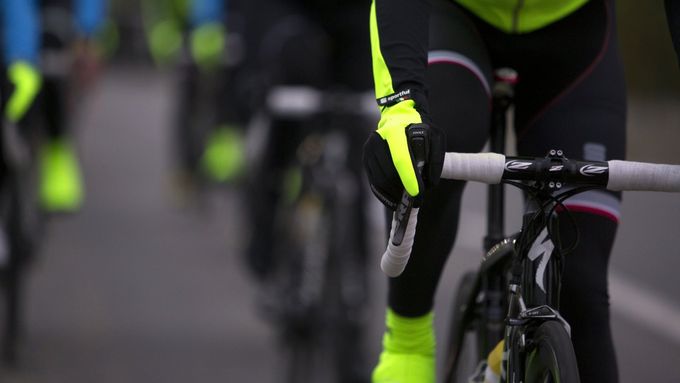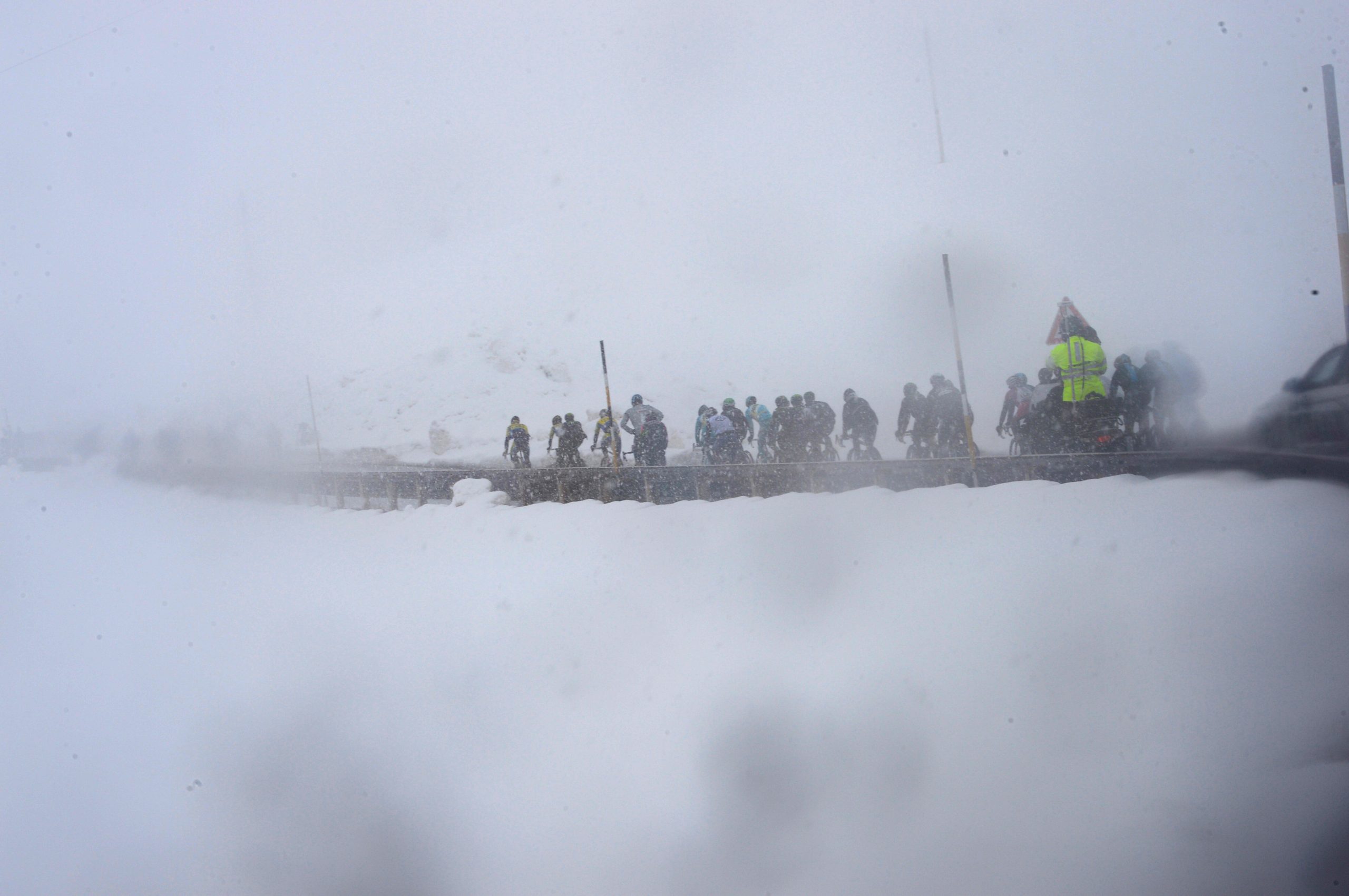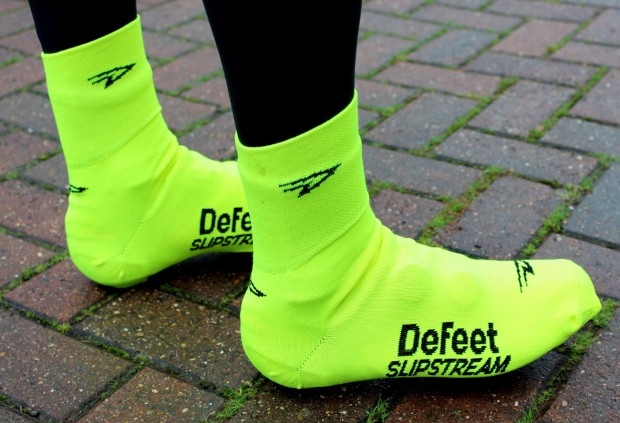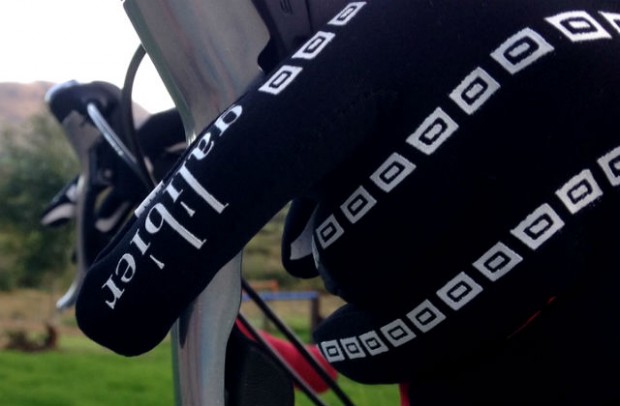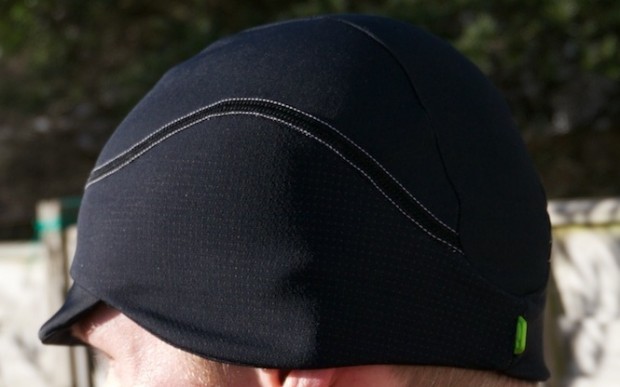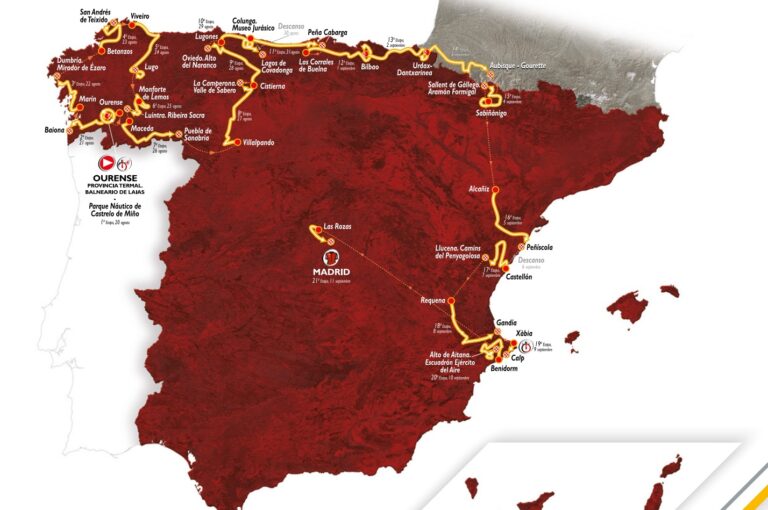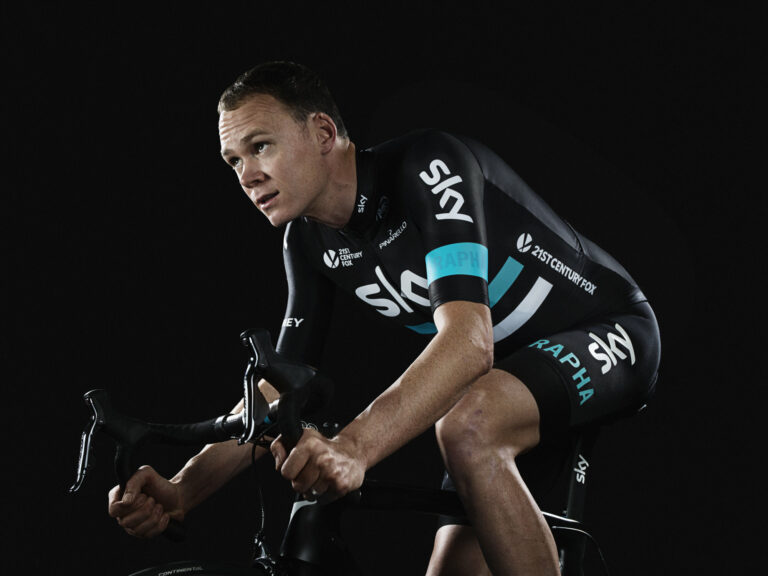In order to avoid the tedium of indoor training, I like to try and stay outside as much as I can during the winter. Even though I’m a massive wimp and dislike the cold, it’s far better than riding your bike and not going anywhere. Plus, winter can be a great time to ride, it’s just that gear choices tend to be a little trickier than summer when almost anything goes.
The main concern in winter is staying warm (duh), and this is a bit of an art in itself. To be honest, the knack of finding the right balance between too warm and not warm enough is something that pretty much just involves trial and error – you’ll likely sweat and/or shiver through a ride or two before you know exactly what works for you.
But to give you a nudge in the right direction, we’ve put together a selection of things to think about when it comes to winter kit that’ll hopefully have you riding happily through until April.
Choose the correct clothing for the conditions
Now this might seem obvious – well, actually, it really is obvious – but a lot of riders still find themselves getting it wrong. Clothing choice can sometimes be a difficult one, as that famous Sean Kelly quote about only knowing how cold it is once you get back from a ride suggests, and in winter it’s just as important to make sure you don’t overheat as it is to not freeze.
The overheating one is easy to do, because looking out the window on a December morning it almost always looks freezing. Especially if you’re me, as it’s fair to say I don’t exactly have an Andreas Klier-esque attitude to riding in the freezing cold and tend to assume the worst. Another part of the problem is that bike clothes aren’t all that good at keeping you warm when you’re not riding. That means the short walk from door to garage is generally quite nippy even on mild mornings and can easily (and errantly) tempt you back indoors to put on more clothing. This is a mistake, and should be avoided.
